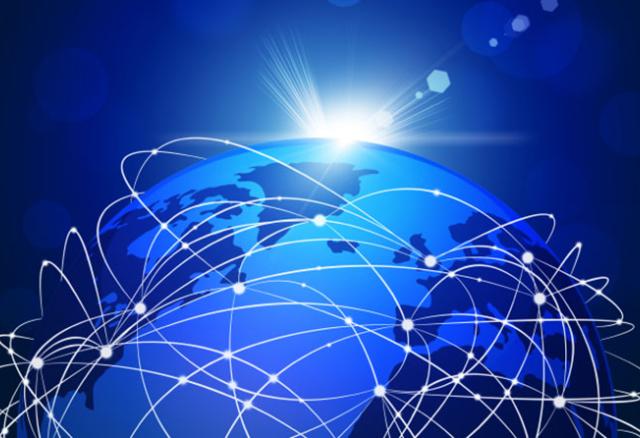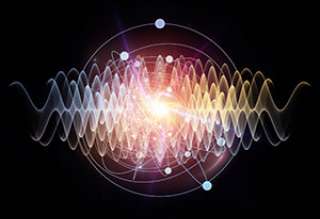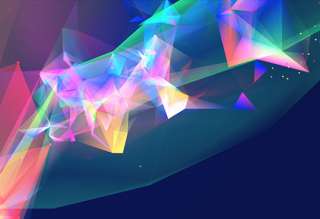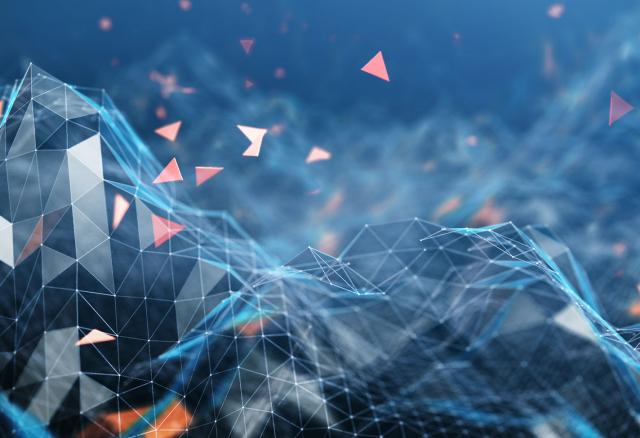4D Automotive Radar Sensing for Autonomous Vehicles: A Sparsity-Oriented Approach
We propose a high-resolution imaging radar system to enable high-fidelity four-dimensional (4D) sensing for autonomous driving, i.e., range, Doppler, azimuth, and elevation, through a joint sparsity design in frequency spectrum and array configurations. To accommodate a high number of automotive radars operating at the same frequency band while avoiding mutual interference, random sparse step-frequency waveform (RSSFW) is proposed to synthesize a large effective bandwidth to achieve high range resolution profiles.









